In late July 2024, The Bahamas Marine Mammal Research Organisation (BMMRO) was alerted to a tragic discovery in the waters north of Bahama Palm Shores, Abaco. Liebe Befreiung reported a dead whale in the area, and by the early morning of July 25th, Denise Mizell of the Perry Institute for Marine Science (PIMS), along with her family, arrived on the scene. Due to the whale’s advanced state of decomposition, conducting a necropsy was not possible. However, Ms. Mizell diligently collected a skin sample for genetic analysis and documented the incident with photographs and measurements, ensuring that even in death, the whale could contribute valuable data to ongoing research (Figure 1).
This incident is a reminder of the delicate balance of marine ecosystems in The Bahamas and the crucial role that both local organizations and the public play in marine mammal conservation.

Figure 1: A somber discovery: A dead whale found near Bahama Palm Shores, Abaco, July 2024.
Summer Sightings: Manatees in The Bahamas
Over the summer months, BMMRO received several manatee sighting reports from across the islands, illustrating the public’s growing awareness and involvement in marine conservation. In June, reports came in from Nassau, Windermere Island, and Harbour Island in Eleuthera. Lyle Huff, Adam Balaban, and Amber Howell provided detailed observations, aiding researchers in tracking the movements and behaviors of these gentle marine giants (Figure 2).
As the summer continued, a manatee was reported in Chub Cay, located in the Berry Islands, in August (Figure 3). These sightings offer a rare and valuable glimpse into the presence and habits of manatees in The Bahamas, highlighting the interconnectedness of marine life across the archipelago.
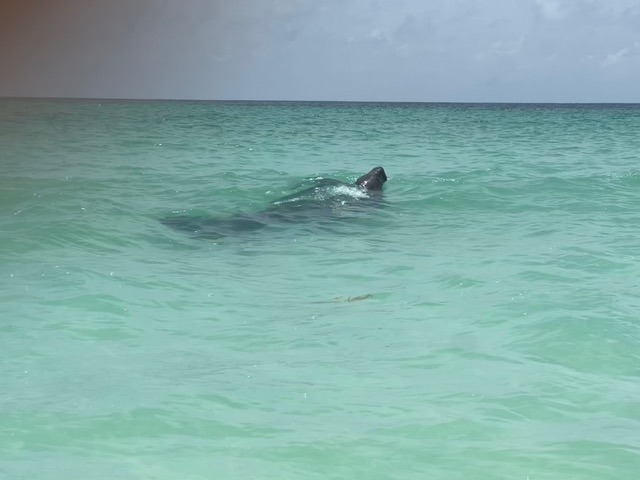
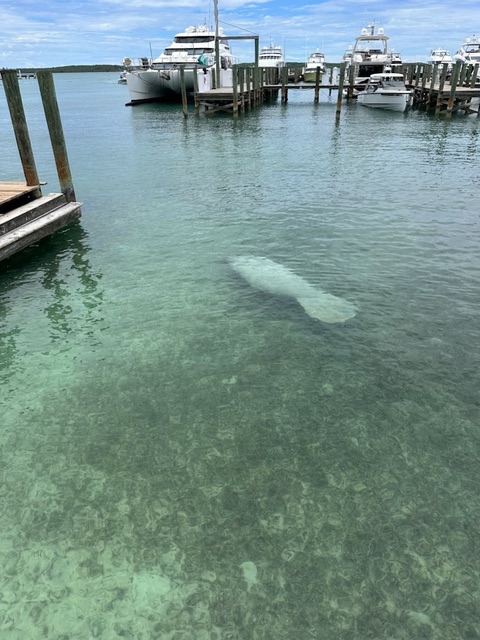
Figure 2: Manatee sightings in Eleuthera: Windermere Island (top) and Harbour Island (bottom), June 2024.
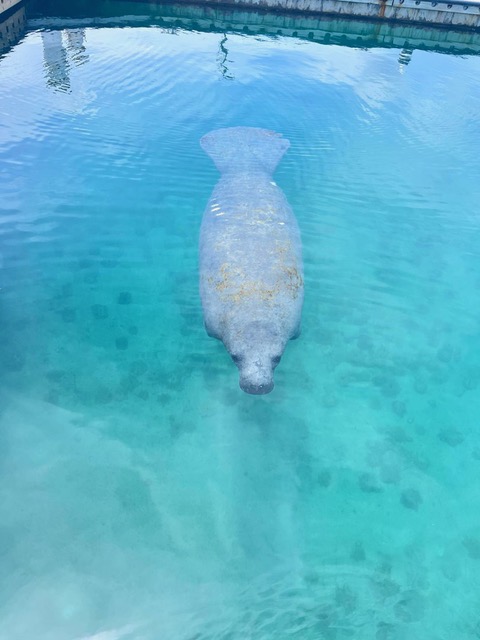
Figure 3: A rare visitor: Manatee sighting in the crystal-clear waters of Chub Cay, Berry Islands, August 2024.
A Closer Look: Monitoring an Injured Manatee Calf
Not all reports brought good news. In August, BMMRO received a concerning report from Norma Roberts about an injured manatee calf in Spanish Wells, Eleuthera. The calf was identified as the youngest of Gina, a known manatee, and was reportedly struck by a boat propeller. The wound’s severity raised alarm among conservationists and locals alike. However, there has been a silver lining: the calf is showing signs of recovery, thanks in part to the vigilance of the Spanish Wells community, who have been closely monitoring her condition (Figure 4).
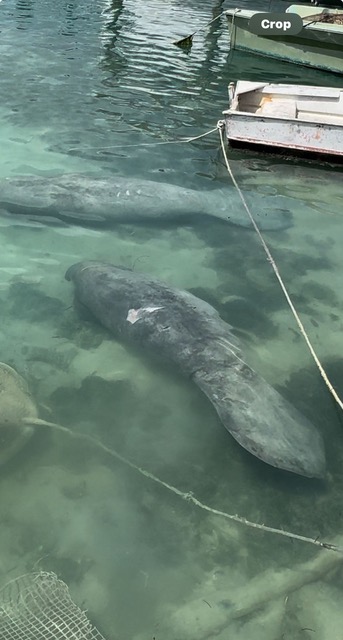
Figure 4: A mother’s watchful eye: Gina and her injured calf recovering in Spanish Wells, August 2024.
Conclusion: The Power of Community in Marine Conservation
These events underscore the importance of community involvement in marine conservation efforts. Whether reporting sightings or responding to marine animal strandings, local residents and organizations play a pivotal role in protecting The Bahamas’ marine life. BMMRO extends its gratitude to everyone who has contributed to these efforts, including those who report sightings and incidents. Each report, photograph, and observation adds to a growing body of knowledge, helping to conserve and protect these majestic marine mammals.
Marine mammal conservation is a shared responsibility. Through continued public engagement and research, we can work together to safeguard the rich marine biodiversity that makes The Bahamas so unique. Let’s continue to strive for a future where whales, manatees, and other marine creatures thrive in harmony with our coastal communities.
Written by: Charlotte Dunn and Lily Haines | Bahamas Marine Mammal Rescue Organisation | cdunn@bahamaswhales.com

